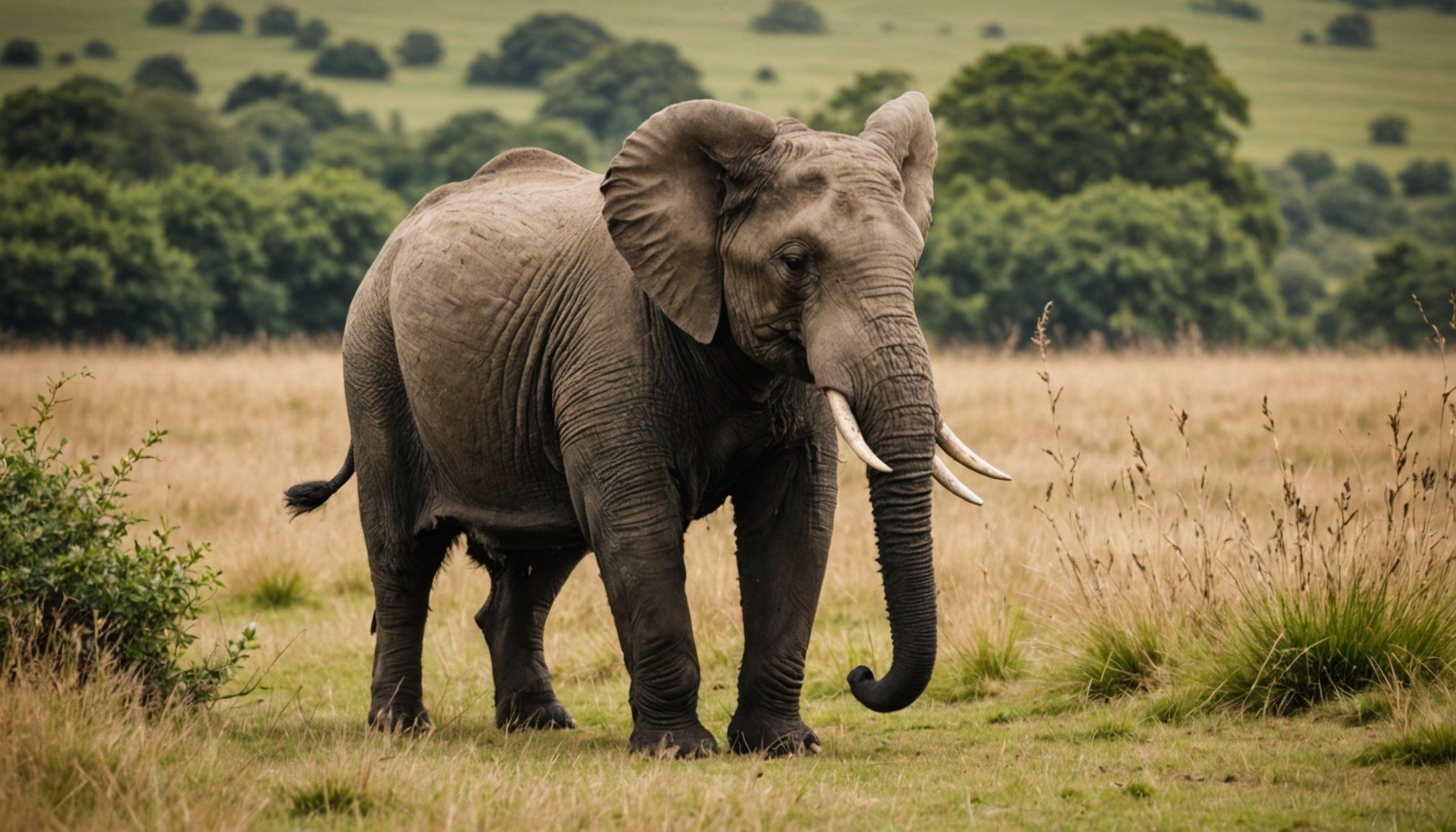Understanding the Legal Framework for Wildlife Charities
Operating a wildlife charity in the UK involves navigating a complex legal framework. Starting with the legal requirements, it is crucial that all charities form a charitable purpose that aligns with UK laws. This includes benefiting wildlife conservation explicitly.
To ensure legal compliance, registering with the Charity Commission is imperative. This process involves submitting documents outlining the charity’s purpose, governance, and financial plan. Once registered, periodic updates to the Commission and other relevant authorities are necessary to maintain status.
Also read : Mastering Mental Health Compliance: The Ultimate Blueprint for Launching Your UK Online Art Therapy Platform
Specific to wildlife charities, an understanding of UK wildlife law is essential. This includes legislation such as the Wildlife and Countryside Act 1981, which provides the framework for protecting wildlife species and habitats. Wildlife charities must ensure all activities comply with these regulations to avoid legal pitfalls.
Being well-versed with these rules not only ensures legal compliance but also strengthens a charity’s credibility and trustworthiness. Prospective charity founders should invest time in understanding these legal obligations thoroughly to operate successfully within the legal framework, and perhaps consult with legal experts to navigate more complex scenarios efficiently.
Effective Fundraising Strategies
To ensure the success of a wildlife charity, understanding effective fundraising techniques is crucial. At the core of any fundraising approach is the ability to engage donors and build long-term relationships. This involves consistent communication that highlights the charity’s impact on wildlife conservation, fostering trust and enthusiasm among supporters.
One effective strategy is organizing fundraising events that are distinctive to wildlife conservation. Events such as wildlife walks, sponsored runs, or virtual engagement activities can captivate community interest while raising funds. It’s important to tailor these events creatively to differentiate them from conventional fundraising tactics.
Furthermore, implementing diverse donation strategies ensures financial stability. Recurring donations, through monthly giving programs, can provide a reliable income stream. Encouraging gift-aided donations can also maximise the impact of each contribution by allowing tax refunds.
Additionally, digital platforms revolutionise fundraising. Leveraging social media for campaigns can expand reach and attract donors globally. Also, using crowd-funding sites can boost both awareness and donations, making each campaign shareable and engaging.
Collectively, these approaches not only strengthen fundraising efforts but also ensure financial support for continued wildlife conservation efforts. Innovating and adapting to donor preferences keeps a charity vibrant and sustainable.
Best Practices in Wildlife Conservation Charity Management
Effective charity management is foundational for the success and sustainability of a wildlife charity. One of the first steps is establishing robust governance structures. This ensures clear accountability, transparent decision-making, and adherence to organisational objectives. Implementing board governance best practices by selecting a diverse board with relevant expertise can guide strategic planning and resource allocation.
Financial management is another critical aspect. Employing transparent financial practices, regularly evaluating expenditures, and establishing a comprehensive financial plan contribute to long-term sustainability. Regular audits and financial reporting increase credibility and trust with both donors and regulatory bodies.
Volunteer recruitment and management play significant roles in achieving conservation goals. Developing clear volunteer guidelines, providing adequate training, and recognising volunteers’ contributions fosters a supportive environment that attracts and retains dedicated individuals. Engaging volunteers in impactful activities not only enhances operational efficiency but also increases community involvement in conservation efforts.
Ultimately, successful charity management integrates governance, financial transparency, and volunteer engagement to build a well-rounded organisation that can adapt and thrive. By focusing on these elements, wildlife charities can ensure operational efficiency and maximise their conservation impact.
Case Studies of Successful Wildlife Charities
Exploring success stories of wildlife charities in the UK unveils valuable lessons for emerging organisations. These case studies highlight strategies that have transformed them into impactful entities. For instance, the British Hedgehog Preservation Society has successfully increased awareness and hedgehog populations through innovative campaigns and community engagement. Their creative use of fundraising events and educational outreach has solidified their influence.
Learning from such wildlife charity examples offers actionable insights. Many successful charities emphasize engaging donors through tailored initiatives and maintaining transparency. Wildlife Trusts, a network of wildlife conservation organisations, have showcased effective fundraising by aligning campaigns with specific conservation goals, offering donors a sense of direct impact.
Key takeaways from these charities include the importance of understanding UK wildlife law and employing diverse donation strategies. By adopting similar approaches, new charity founders can foster trust and build lasting relationships with both donors and the community. Establishing clear missions and leveraging community support ensures a robust foundation.
Ultimately, adapting these proven methods can guide new wildlife charities toward fulfilling their missions effectively, ensuring better conservation outcomes and organisational growth.
Resources and Tools for Wildlife Conservation Charities
Effective wildlife conservation requires diverse resources and practical tools to streamline operations. Accessing comprehensive charity resources can empower organisations to enhance their efforts. These resources encompass educational materials offering insights into conservation practices. They also support initiatives to inform and engage communities about ongoing wildlife challenges.
For fundraising, employing strategic tools can broaden reach and augment donations. Digital platforms, such as crowd-funding sites and social media networks, are essential for creating dynamic campaigns. They allow charities to communicate their stories, gather support, and expand their donor base globally.
Operational management benefits greatly from technology-driven tools. Platforms designed for charity management can assist in automating financial tracking or volunteer coordination. Whether it is accounting software for transparency or databases to manage donor relationships, these tools ensure operational efficiency.
Engagement and outreach are also crucial. Utilising educational programs or training workshops not only build awareness but also empower volunteers and staff. By tapping into these resources and tools, wildlife charities can bolster their conservation endeavors, ensuring they have the knowledge and capabilities to protect diverse species effectively. This proactive approach fosters a sustainable, informed environment for continuous advocacy efforts.
Networking and Collaboration Opportunities
Networking within the conservation community unlocks a wealth of opportunities that can bolster a wildlife charity’s effectiveness. Establishing strong partnerships with other organisations can leverage shared resources, enhance visibility, and broaden the scope of conservation efforts. Collaborating with businesses through sponsorships or joint projects can provide financial and logistical support while aligning corporate social responsibility with environmental goals.
Engaging with local communities is equally crucial. Building relationships at the grassroots level fosters a supportive environment and strengthens public engagement in wildlife conservation. Locals can offer invaluable insights and participation that enhance the execution of conservation projects. Community involvement not only boosts volunteer numbers but also nurtures advocates passionate about protecting regional biodiversity.
Incorporating conservation networks into a charity’s operations can further amplify its impact. Many networks exist focusing on specific wildlife concerns, offering a platform for sharing expertise and resources. Participating in these networks ensures access to the latest research and conservation techniques. It also provides a forum for exchanging best practices, overcoming challenges, and celebrating achievements collaboratively. Through these deliberate collaborative efforts, wildlife charities can achieve greater success in their conservation missions.











